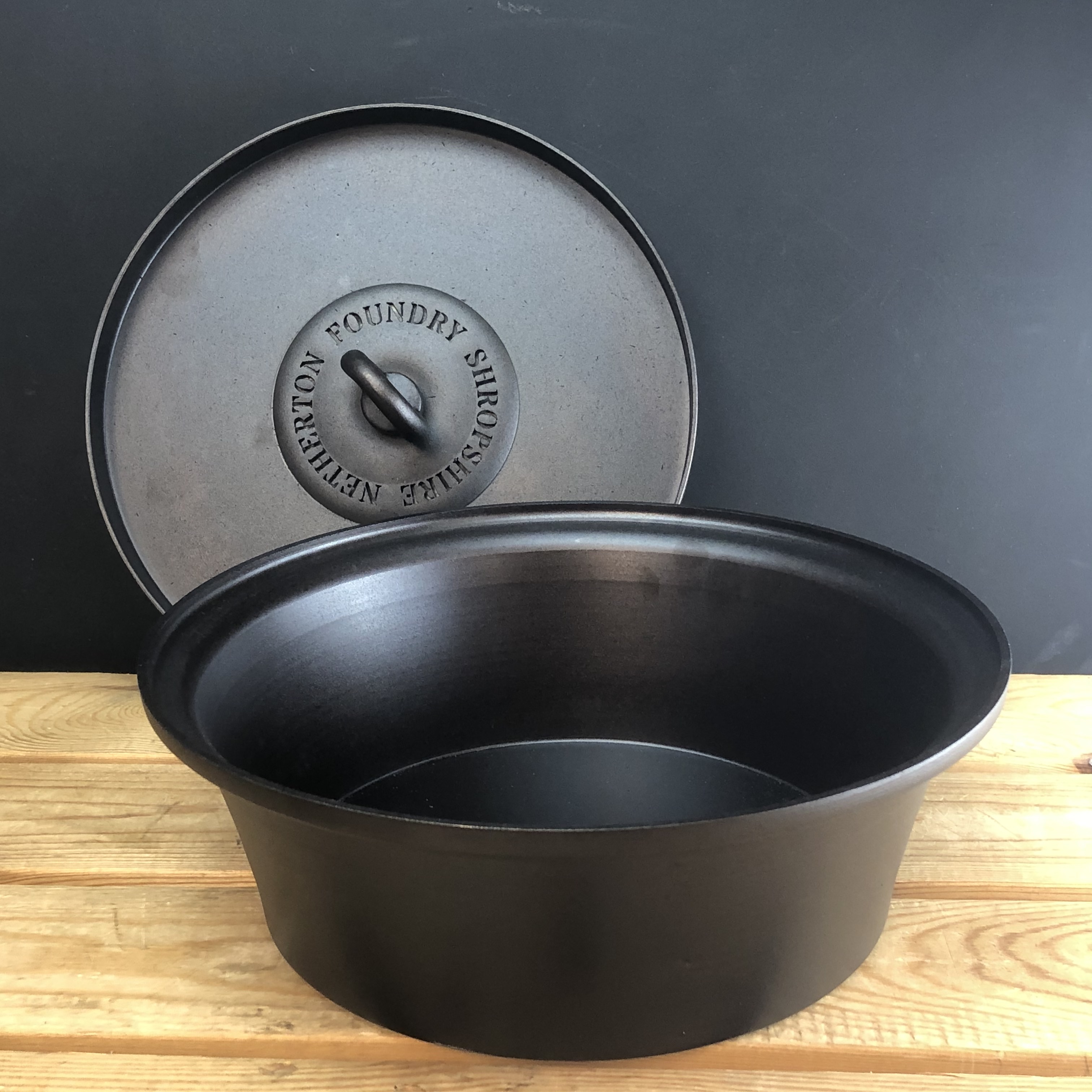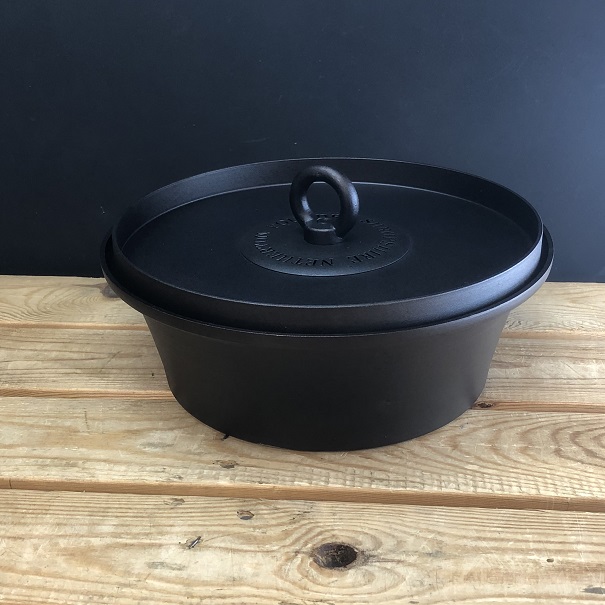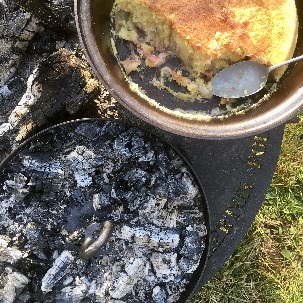The Wall Street Journal: NFS Dutch Oven, expertly constructed & will last a lifetime

What’s in a name? Well quite a lot if you are reading a review of a British made, Dutch oven in an American newspaper!!
The Wall Street Journal has done a round up of their favourite Dutch ovens, starting with the fundamental question of how it got its name.
The Dutch, developed a technique for casting metals in moulds made of sand and this 17th century innovation allowed smoother finishes and lent itself well to the production of iron cookware, like the type of kettle used at the time to cook over open flame. In Dutch Ovens Chronicled: Their Use in the United States author John G. Ragsdale tells one version of the Dutch method’s migration: In 1704, a man named Abraham Darby travelled to Holland to research such things, saw the sand-moulding method, and brought it back to England. He worked to adapt it to his own purposes and patented the process by 1708. Darby soon produced large numbers of the pots and by later that century, his Coalbrookdale plant had sent the pots around the world, including to what would soon become the United States. But the Dutch oven name hadn’t stuck yet: Ragsdale reports that the vessels “were given descriptive names such as dinner pots, Gypsy pots, bean pots, stew pots, and stock pots, plus many local or family names.”
Darby’s story is plausible, but Dutch-oven authorities poke holes in it. Another author, J. Wayne Fears, in his Complete Book of Dutch Ovens, points to Dutch traders traveling through the colonies with these newly manufactured pots for sale, hence the name. Whatever the true story is, the Dutch oven is now firmly rooted in the culinary vocabulary, although it still means different things to different people. And we are proud to be following in the footsteps of Abraham Darby and making our own spun iron Dutch ovens in Shropshire, England.
We were absolutely thrilled to be included in the Wall Street Journal’s selection and proud to be picked as the best non enamelled option. The emphasis in the piece, by Hannah Selinger, with a little help from her friends, is on the use of Dutch ovens in an indoor oven, what we Brits would traditionally call a casserole dish (not to be confused with a casserole, which is what you cook in a casserole dish). Because we think of a Dutch oven more for outdoor cooking, we are very pleased that the WSJ mentioned that our model can be used directly over hot coals if you are cooking with live fire. Thi sis an extract lifted from the paper and you can find a link to whole article below.
We tested two nonenameled Dutch ovens, and this petite preseasoned model from Netherton Foundry, made in England, was our favorite. A slick of oil heated the bottom surface consistently and although some food still stuck slightly, this pot was moderately easy to clean, owing to its ample preseason. At only 8 pounds, it was easy to move the Netherton in and out of the oven. In addition to its light weight, you might choose this model over an enameled one if you’re concerned about the coating chipping. You’re more likely to experience this if you use metal utensils, and it’s the major point of contention with enamel coatings. You can also place this nonenameled oven directly on hot coals if you’re cooking on a live fire. Tested food browned effectively and well. This is the best option for the shopper who is looking for an all-purpose Dutch oven without enamel.













